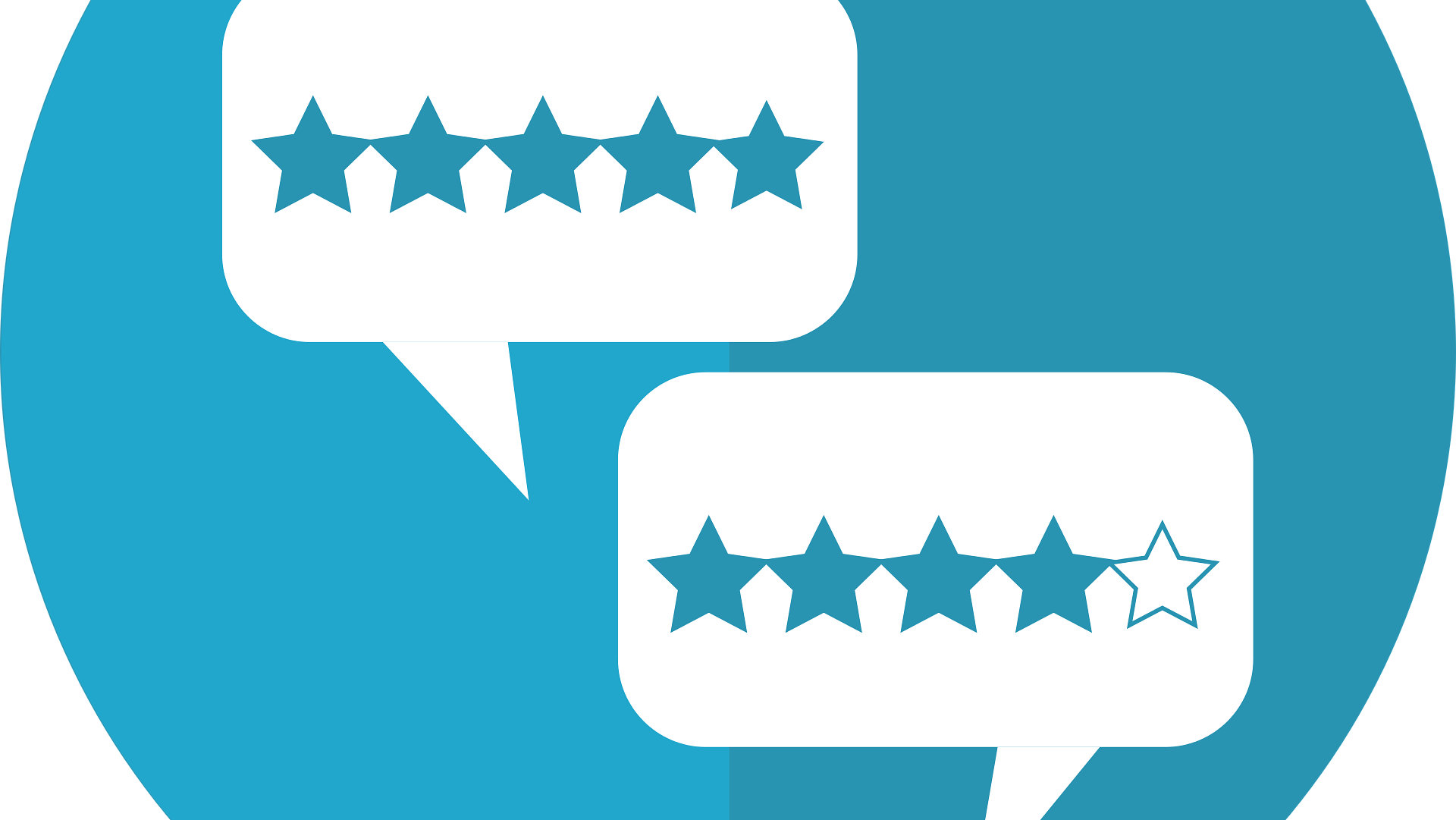How to Prevent Turnover When Introducing Your New Normal
Using empathy, clear communication, and careful planning is key to retaining star employees when reopening the office.
The World Health Organization’s declaration of the global COVID-19 pandemic in March of 2020 triggered a sudden and involuntary shift to remote work. As often happens in a crisis, this inspired a can-do spirit. Employers and employees alike adapted to the disruptive changes to their work environments—but now that the pandemic is subsiding it’s time to prepare for a long-anticipated but more gradual shift to the workplace of the future.
According to Prudential’s April 2021 Pulse of the American Worker Survey, about 26 percent of full-time workers plan to look for a new job as the threat of the pandemic subsides. This potential for high turnover seems to be driven to a large degree by the desire to continue working remotely—the same survey found that 42 percent of current remote workers will look for a new job if their company does not continue to allow them to work remotely at least part-time.
The high risk of turnover makes it crucial to get your transition back to the new normal right. Here are five considerations for your return-to-work plan that can help you keep valued workers on board.
Build and brand your new model
Provide your team with a vision of your new workplace model and clearly define what the new model entails. Will the team, whether as a whole or just some members, work remotely, in-office, or in a hybrid format? Consider branding this new model with a catchy name. For instance, Ford Motor Co. unveiled its “flexible hybrid work model” for office employees this spring, while GM CEO Mary Barra introduced their new “work appropriately” approach for non-factory workers. If some workers will be able to work remotely while others won’t, consider creating archetypes with names as well. It might seem a little kitschy, but it can show you put a lot of thought into the new workplace and make your team members feel like they have a clear roadmap.
Try to remove as much ambiguity as possible, especially if you’re creating a hybrid work program where workers will split their time between home and the office. For hybrid workers, define the split between days working remotely versus days working in the office and whether there are set days for each place. Also address whether individuals who work entirely remotely or in-person have the flexibility to swap locations on occasion. Or whether fully remote workers will be required to come into the office periodically for team meetings and other company functions.
And don’t forget to account for changes in your physical environment as you build your model. Many employers have reduced their office footprints, reconfigured their spaces, or plan to do so before transitioning workers back to their offices. You may have to balance space limitations as you coordinate with your own team or with other departments, and if your organization is large, you may need to consider bringing teams back to the office in stages.
Clarify discretion and decision-making
The word that keeps getting bandied about when describing the new workplace is “flexibility.” Most employees crave it from their employers, especially when it comes to remote work. A Robert Half survey found that 75 percent of workers would prefer to work remotely, either full or part-time. Not all corporate leaders are on board, however. Like JP Morgan CEO Jamie Dimon, some leaders want most of their workers back on-site, citing concerns about the effect of remote work on their corporate culture. Don’t promise flexibility if you’re not prepared to provide it.
Be very clear about who has discretion and decision-making authority over your new work arrangements. How much leeway do employees have in determining their new work environment—or is that decision made at the management level? What will be mandated from the top by company policy?
Remember, the more input people have on decisions, the more buy-in you’ll get from them—but when personal choice isn’t on the table, be sure to clearly state what’s nonnegotiable. When you can’t provide what your team members want, prepare to explain why. This shows that you’re taking their feedback to heart while trying to balance their personal concerns with the needs of your business.
Recognize trade-offs
No matter how hard you try, your new workplace model will not be perfect. This is just a fact of life—every choice has pros and cons. Recognize these trade-offs, make your team aware of them, then leverage them to your advantage.
Working from home can be advantageous for projects that require undistracted, focused attention, especially now that most kids have returned to school. It’s also great to skip the commute. The office environment is typically more suitable for collaboration and teamwork and offers more visibility and internal networking opportunities—important for career advancement. It also keeps workers close to the grapevine, which often beats formal communication channels in spreading the word about new initiatives, company events, and other news.
If you’re in a hybrid environment, build your team’s schedule with these trade-offs in mind and coach your team members to embrace this new flexibility as they manage their work.
Connect individually
Before you begin the transition to your next workplace model, connect with each of your team members individually. The shift to the new normal will feel like change on steroids. Workers are concerned about returning to the office, whether for health reasons, social anxiety, or changes during the pandemic. Many of them will return to a different physical layout, perhaps even losing a private office or dedicated workplace.
I suggest scheduling one-on-one check-ins to discuss the transition process and hear their concerns. Listen with empathy. Show your team members that you have their best interests in mind and have approached this process thoughtfully, even if you cannot answer their questions immediately or grant all their requests.
Prepare to flex
These upcoming changes are new territory. No one in the workplace today has experience in leading through the end of a pandemic, so recognize that the shift to your new workplace model will be an iterative process. Fine-tune your power of observation, stay engaged with your team, regularly assess your progress as you implement the transition plan, and prepare to flex as you learn what works and what doesn’t.
The challenge of retaining top talent will only continue to increase as the economy reopens—don’t give your star employees a reason to look for a fresh start somewhere else. Collaborate and engage with them to ensure a successful transition to your new normal, whichever workplace model you choose.
This article was first published in my Leadership Matters column for the Illinois Society of CPAs Insight magazine.









